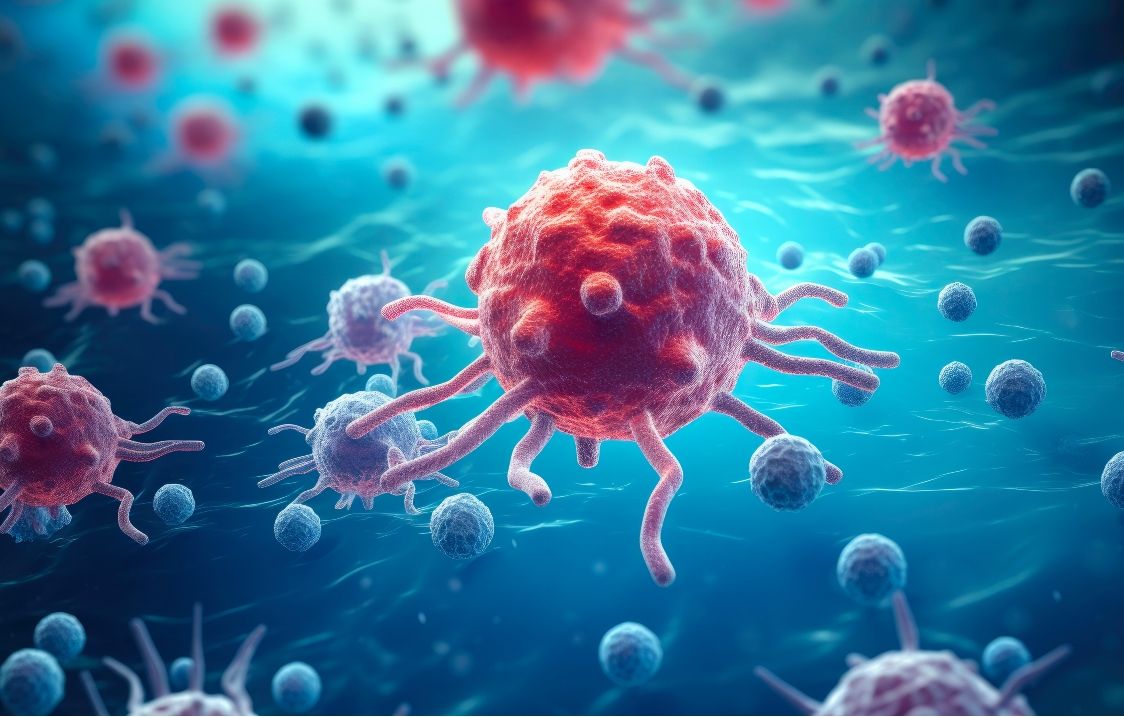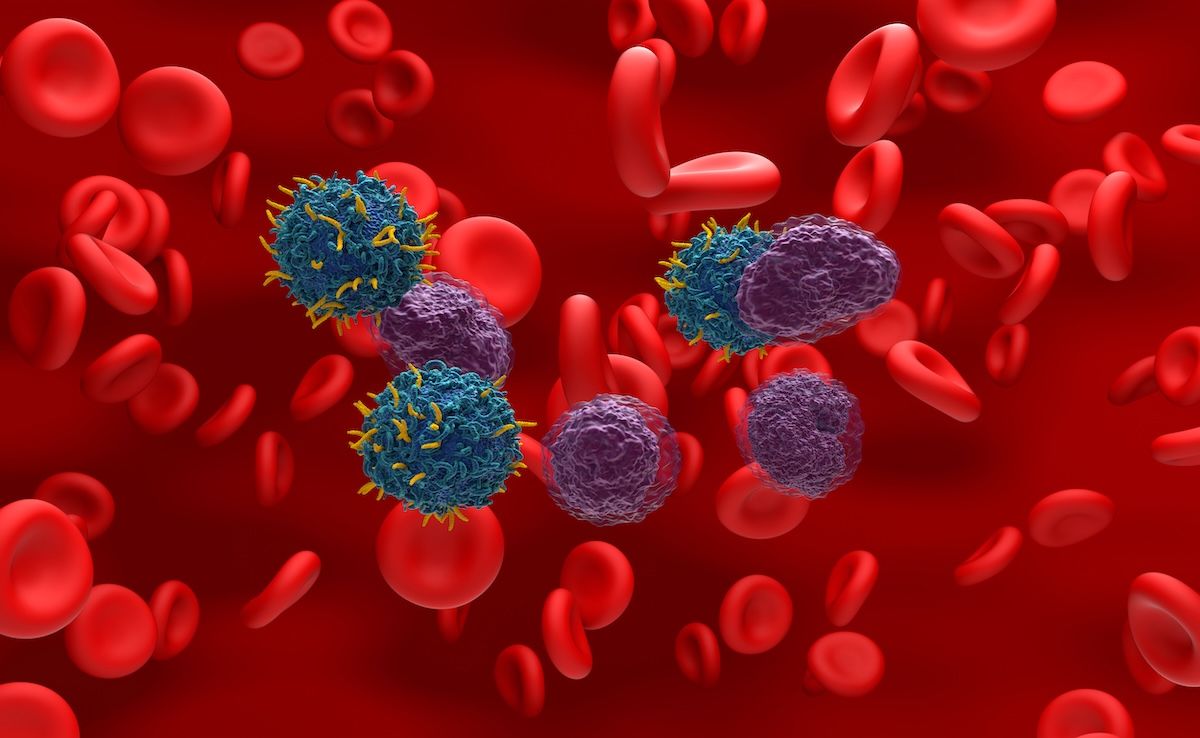Article
Carfilzomib Regimen Safe, Effective in Newly Diagnosed, Transplant-Eligible Multiple Myeloma
Author(s):
Assessing 4 dose levels of carfilzomib, researchers have determined that the drug, in combination with thalidomide and low-dose dexamethasone, is highly safe and effective in transplant-eligible patients with newly diagnosed multiple myeloma.
Currently approved for the treatment of patients with relapsed and/or refractory multiple myeloma (MM), carfilzomib’s efficacy in this setting has led to studies assessing its impact as an up-front therapy in combination with other agents. Looking at the drug in combination with thalidomide and low-dose dexamethasone, researchers have found that the regimen as induction and consolidation treatment following high-dose melphalan and autologous stem cell transplantation (ASCT) is highly safe and effective in transplant-eligible patients with newly diagnosed MM.
The study, which assessed 4 dose levels of the carfilzomib, is the first to use the regimen for both induction and consolidation therapy and compare dose levels. “In newly diagnosed multiple myeloma, no consensus exists about the optimum dose level of carfilzomib, implicating the need for dose finding trials,” wrote the researchers.
Traditionally, the combination of bortezomib, thalidomide, and dexamethasone (VTD) has been studied in this setting. However, with higher rates of polyneuropathy reported in patients, there is consequently a discontinuation of treatment, resulting in a need for both an effective and safe treatment for these patients.
Based on prior research indicating that carfilzomib has lower rates of polyneuropathy than bortezomib, the researchers examined the combination of carfilzomib, thalidomide, and dexamethasone (KTd) in a phase 2 trial across 8 hematology centers consisting of 111 patients between September 16, 2010, and December 30, 2013.
Patients were treated with 4 cycles of KTd over a 28-day cycle as induction therapy followed by high-dose melphalan and ASCT. Patients then received consolidation treatment with 4 more cycles of KTd. With 4 cohorts, each cohort initially received 20 mg/m2 of carfilzomib and were then escalated to receive 27 mg/m2, 36 mg/m2, 45 mg/m2, or 56 mg/m2.
The researchers observed an overall response rate (ORR) of 93% and a complete response (CR) rate of 18% after the 4 cycles of induction therapy.
Following induction therapy and treatment with high-dose melphalan and ASCT, there were a total of 83 patients (75%) who completed all 4 consolidation cycles. After consolidation therapy, the ORR increased to 94%. Notably, the CR rate was higher for the 3 highest dose levels compared with the lowest dose level (75%, 67%, and 65% vs 56%, respectively). However, the researchers noted that this was not statistically significant.
The "very good" response rate (ie, the level below a CR) also increased from 65% after induction therapy to 77% after high-dose melphalan and ASCT to 86% after consolidation therapy.
Any grade hematological toxicity occurred in 15% of patients, and grade 3 or 4 hematological toxicities occurred in 10% of patients. Looking by dose level, 12% of patients receiving 27 mg/m2 of carfilzomib experienced toxicities, while 10% of patients receiving 36 mg/m2, 45 mg/m2, and 56 mg/m2 of the drug experienced toxicities.
The most common grade 3 or 4 nonhematological malignancies included infections (11%), respiratory disorders (8%), skin disorders (9%), and vascular disorders (9%). According to the researchers, there was a gradual increase of these infections from lower to higher doses of carfilzomib (0%, 5%, 10%, 15%, respectively).
Six patients discontinued treatment during induction therapy, and 3 more patients discontinued treatment during consolidation therapy.
Reference
Wester R, van der Holt B, Asselbergs E, et al. Phase 2 study of carfilzomib, thalidomide, and low-dose dexamethasone as induction and consolidation in newly diagnosed, transplant eligible patients with multiple myeloma, the carthadex trial [published online April 4, 2019]. Haematologica. doi: 10.3324/haematol.2018.205476.





